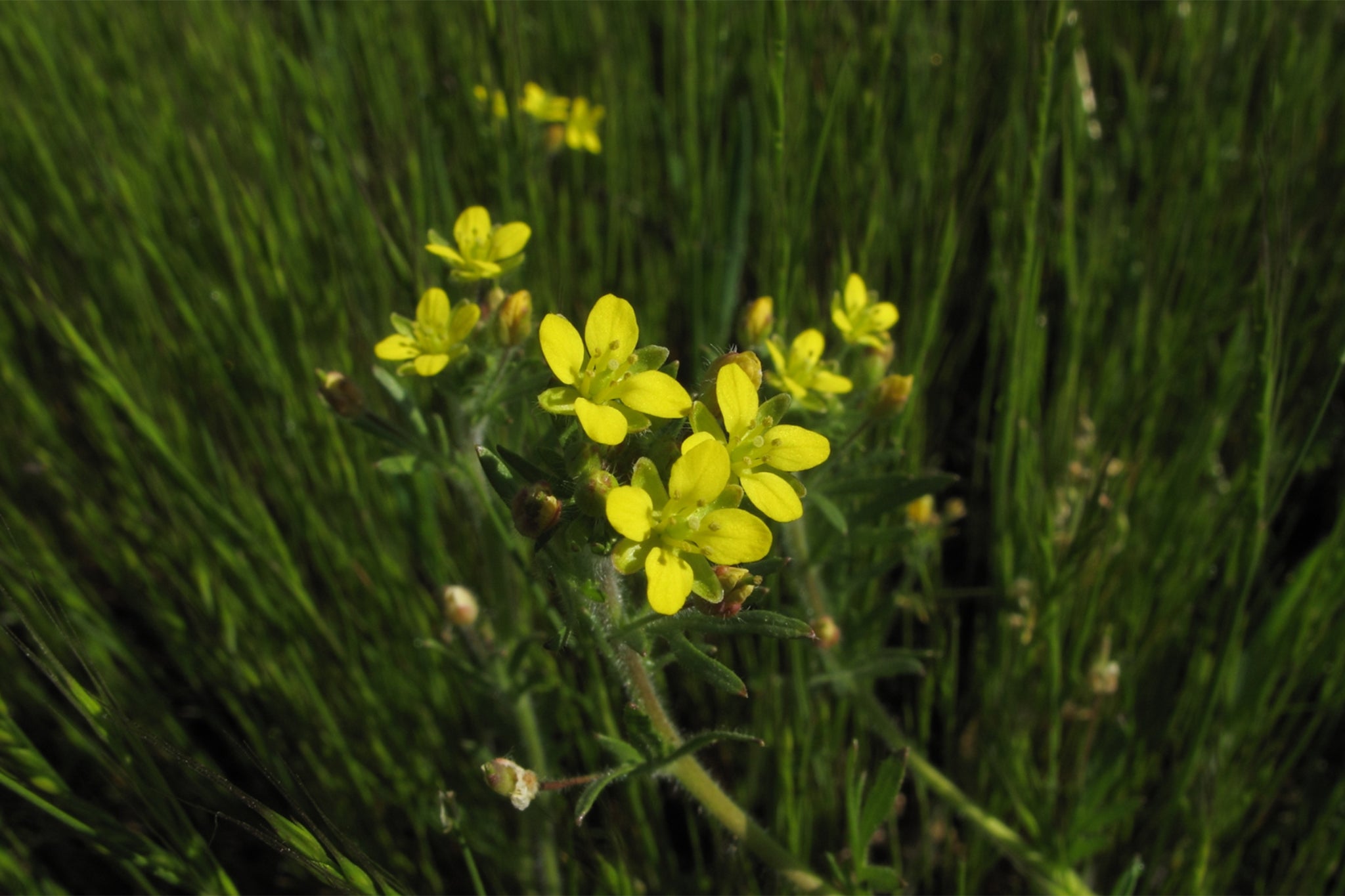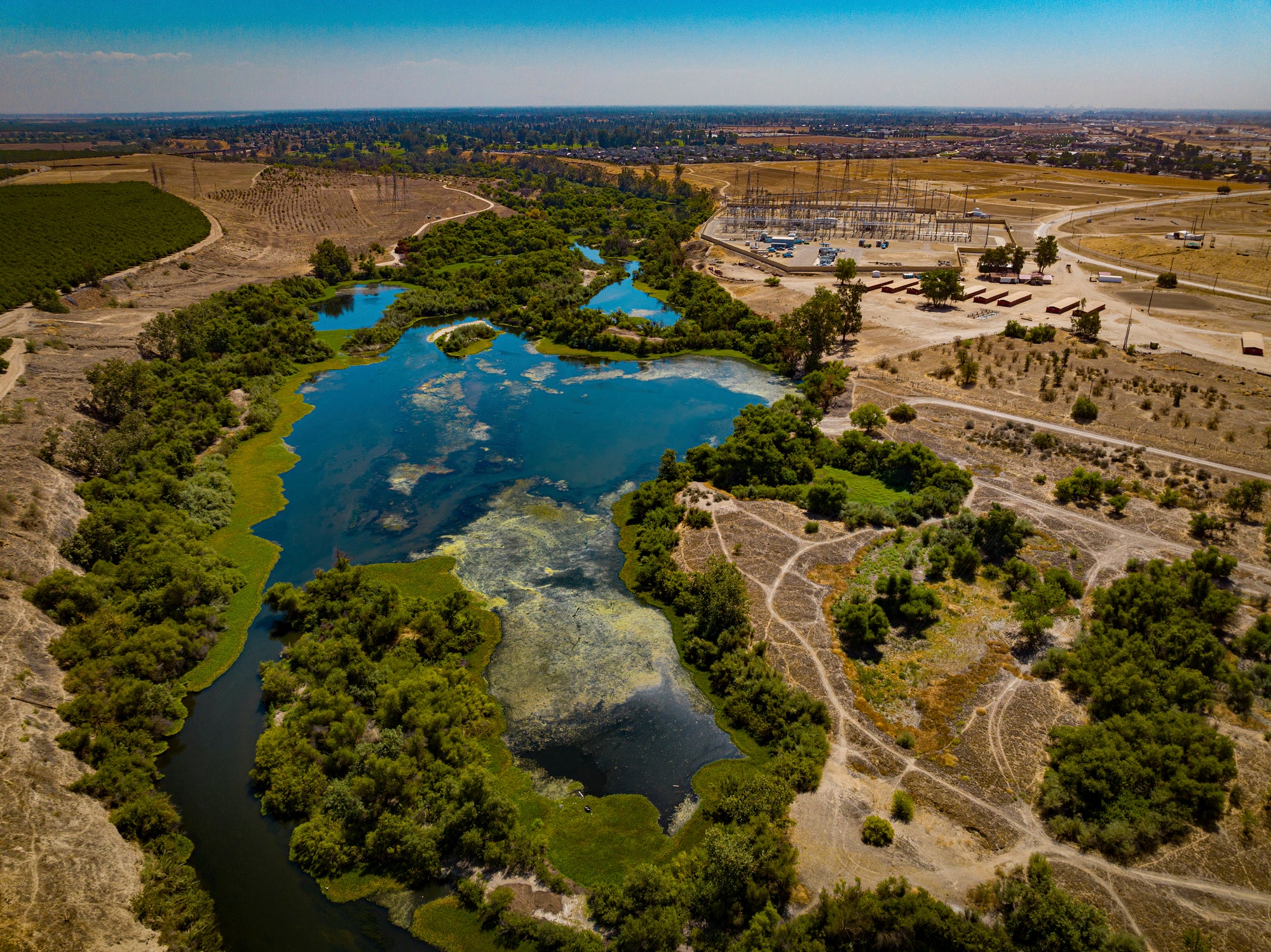Botanists have stumbled across an extremely rare plant not seen in northern California for nearly 70 years.
The caper-fruited tropidocarpum, a green plant with a small, yellow flower, was found on a ridge top in Contra Costa County’s Vasco Hills Regional Preserve last March. A member of the mustard family, the native plant is considered “rare, threatened or endangered.”
Botanist Heath Bartosh, who works for the East Contra Costa County Habitat Conservancy, had been scouring the area in search of the species when he and colleague Spencer Adams made the discovery.
It is one of only two known populations of the species in the area, and each burst has fewer than 20 plants.
The plant’s last known sighting was 70 years ago, in the same hills.

“Everyone was really excited,” Michele Hammond, a wildland botanist for the East Bay Regional Park District, told SFGATE Wednesday. “It’s the first of this species that has been found in a long time and specifically on conservancy property.”
“It says we’re doing something right,” she added, about the region’s land preservation measures.
The plant was first discovered in 1888 by U.C. Berkeley botanist Edward Lee Greene. He wrote then that it was “very common in the low alkaline valley lands skirting the San Joaquin River,” according to a news release.
But the plant largely disappeared largely due to fierce competition from non-native species. “Since the late 1880s, non-native species have become more abundant, outcompeting native species,” he explained.
Habitat loss due to development is also a contributing factor. “We want adequate housing, but for the last 100 years, it’s been spreading out across the landscape,” Hammond said. “And native grasslands are one of the hardest ecosystems to restore.”

The plant was found on private land that the park district has been managing in part by deploying cattle to graze on dead material and non-native species, according to SFGATE.
That practice helps to reduce fuel for wildfires that have ravaged the Golden State over the last few decades. Blazes are becoming larger, more erratic and more frequent due to climate change.
The conservancy said monitoring the caper-fruited tropidocarpum would be a “high priority” going forward.
“This find highlights how crucial public land conservation and stewardship are to native plants,” said Bartosh.

.jpeg)


































 English (US) ·
English (US) ·